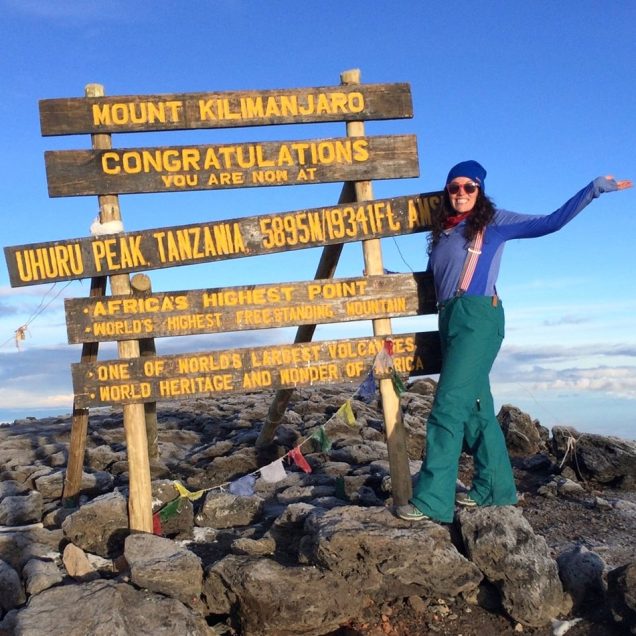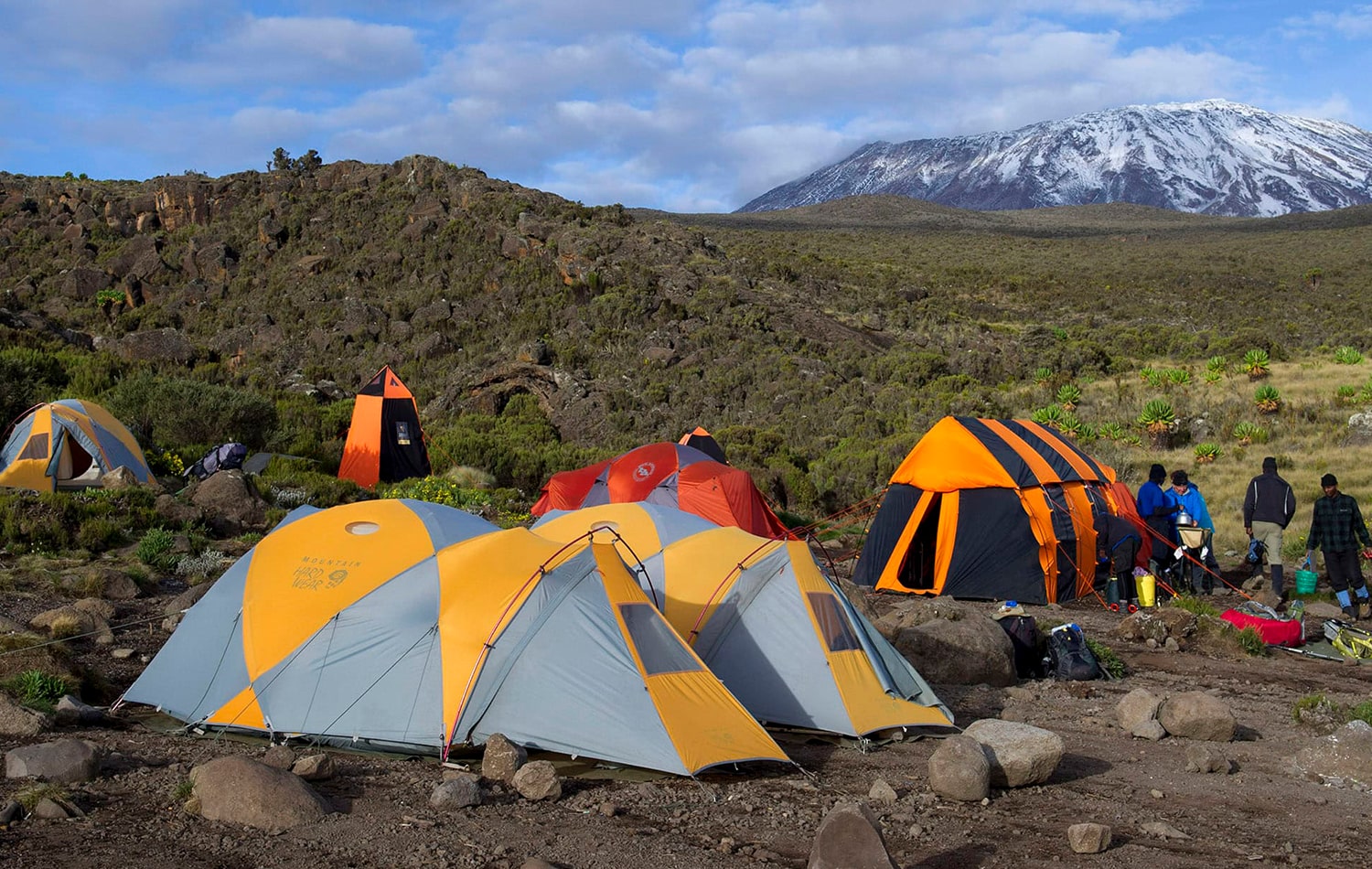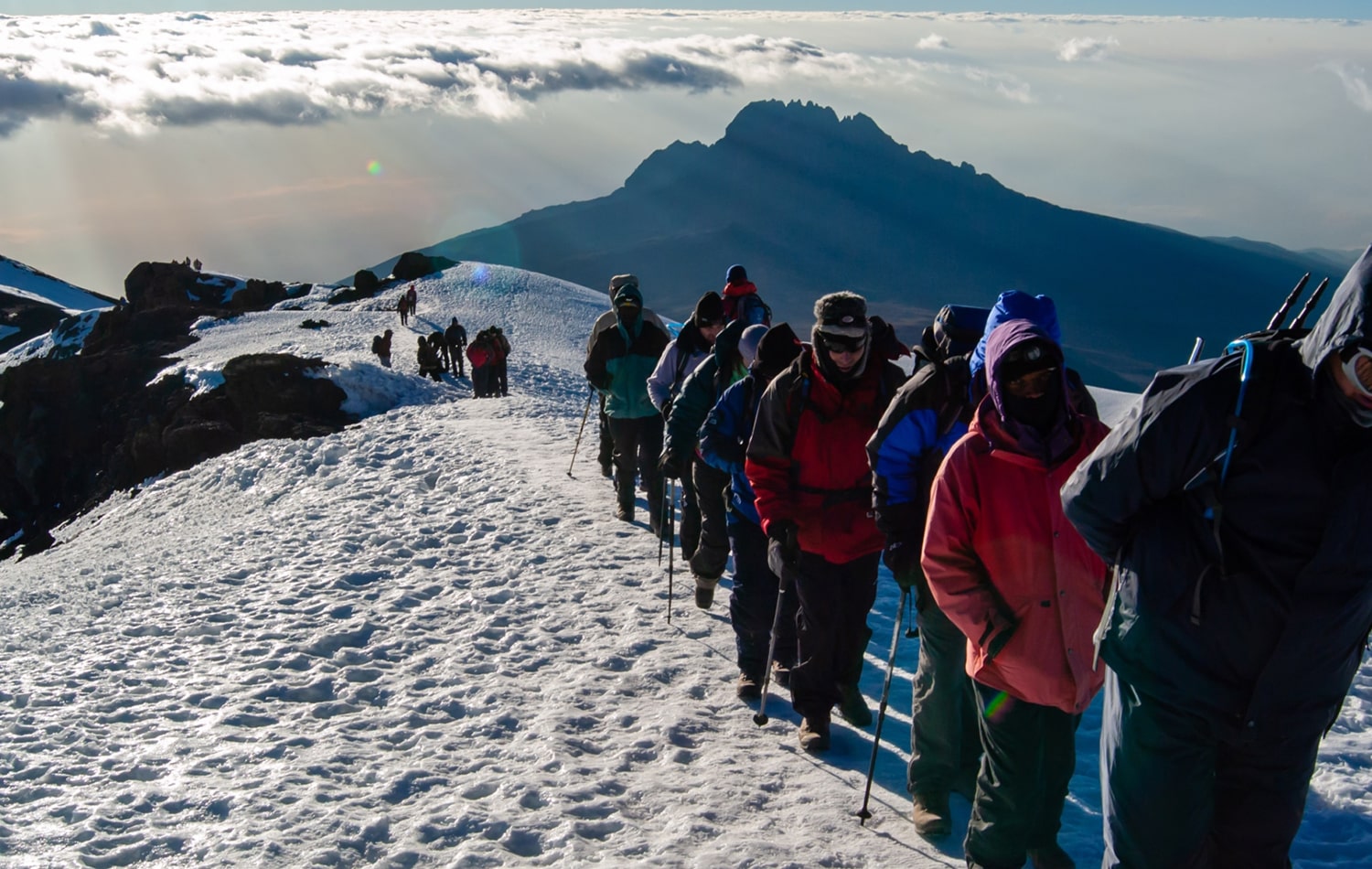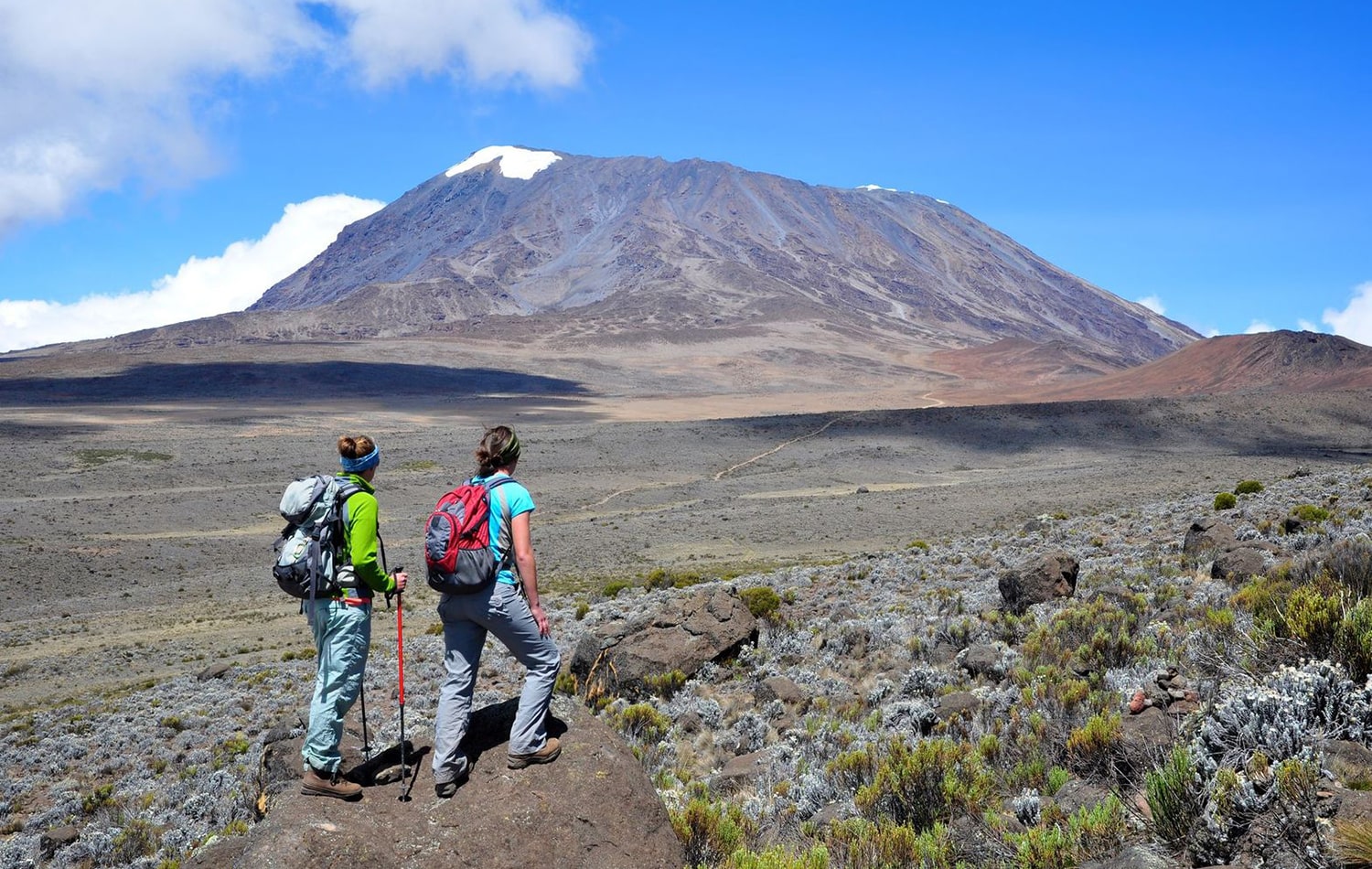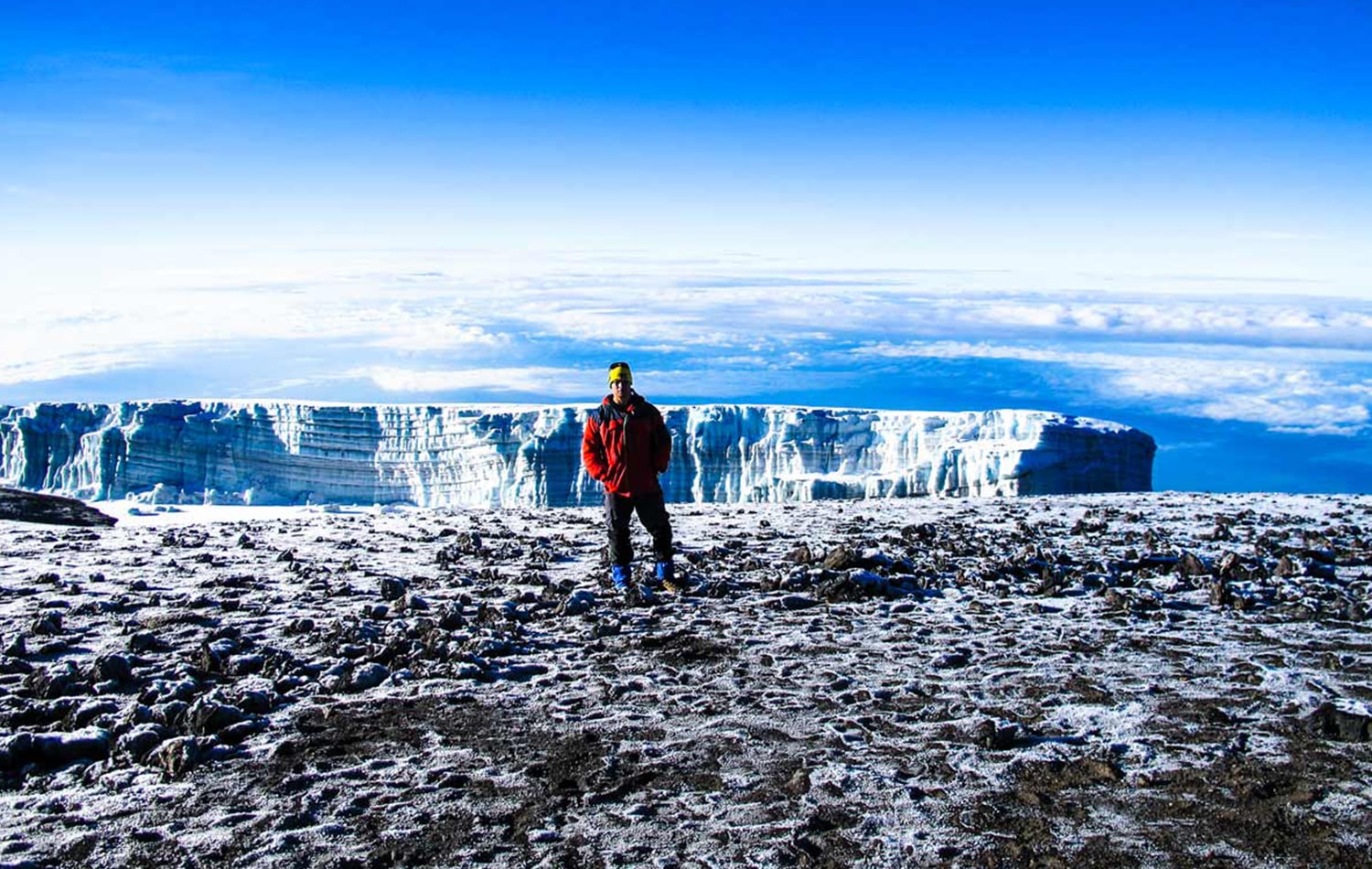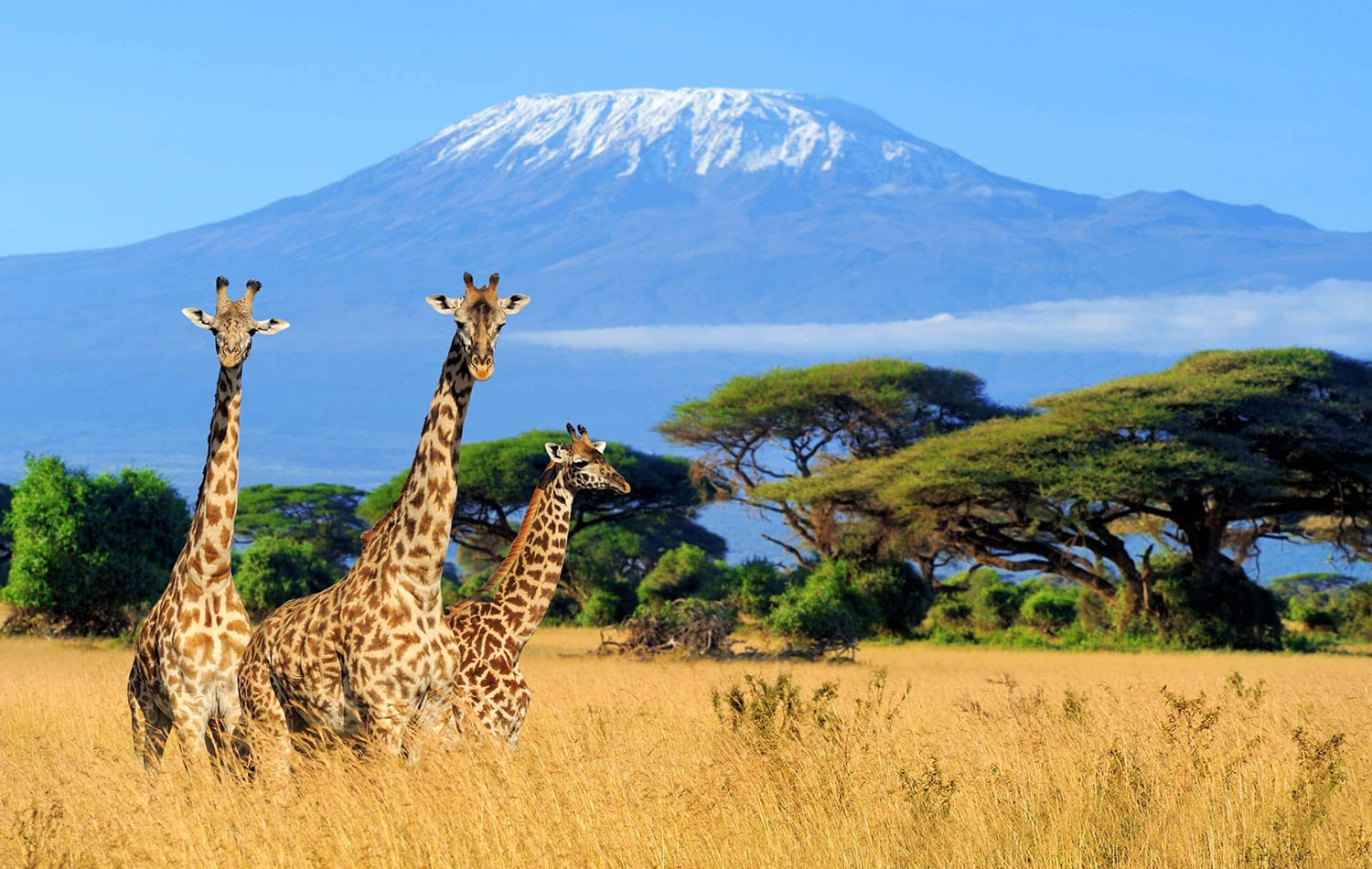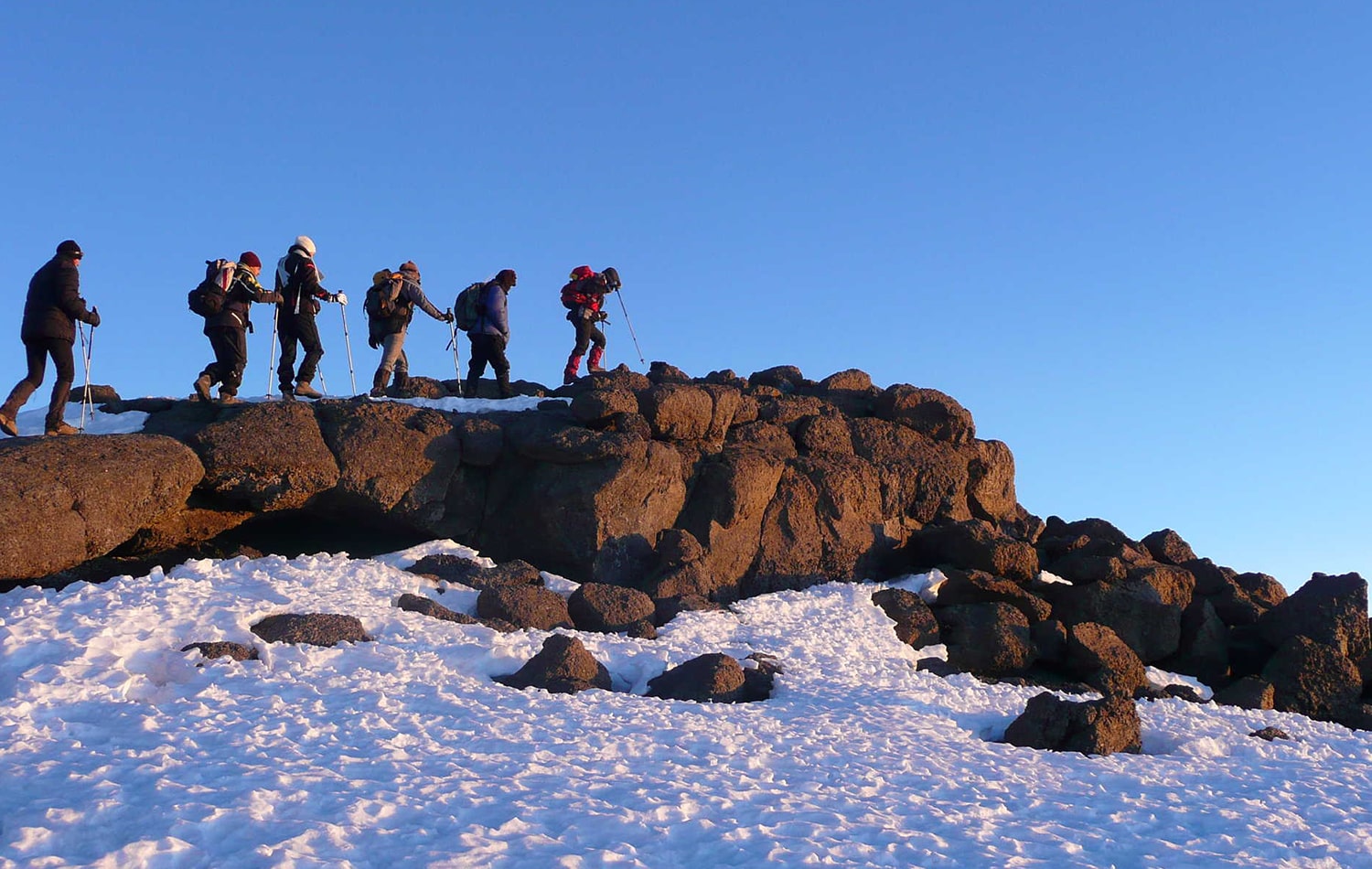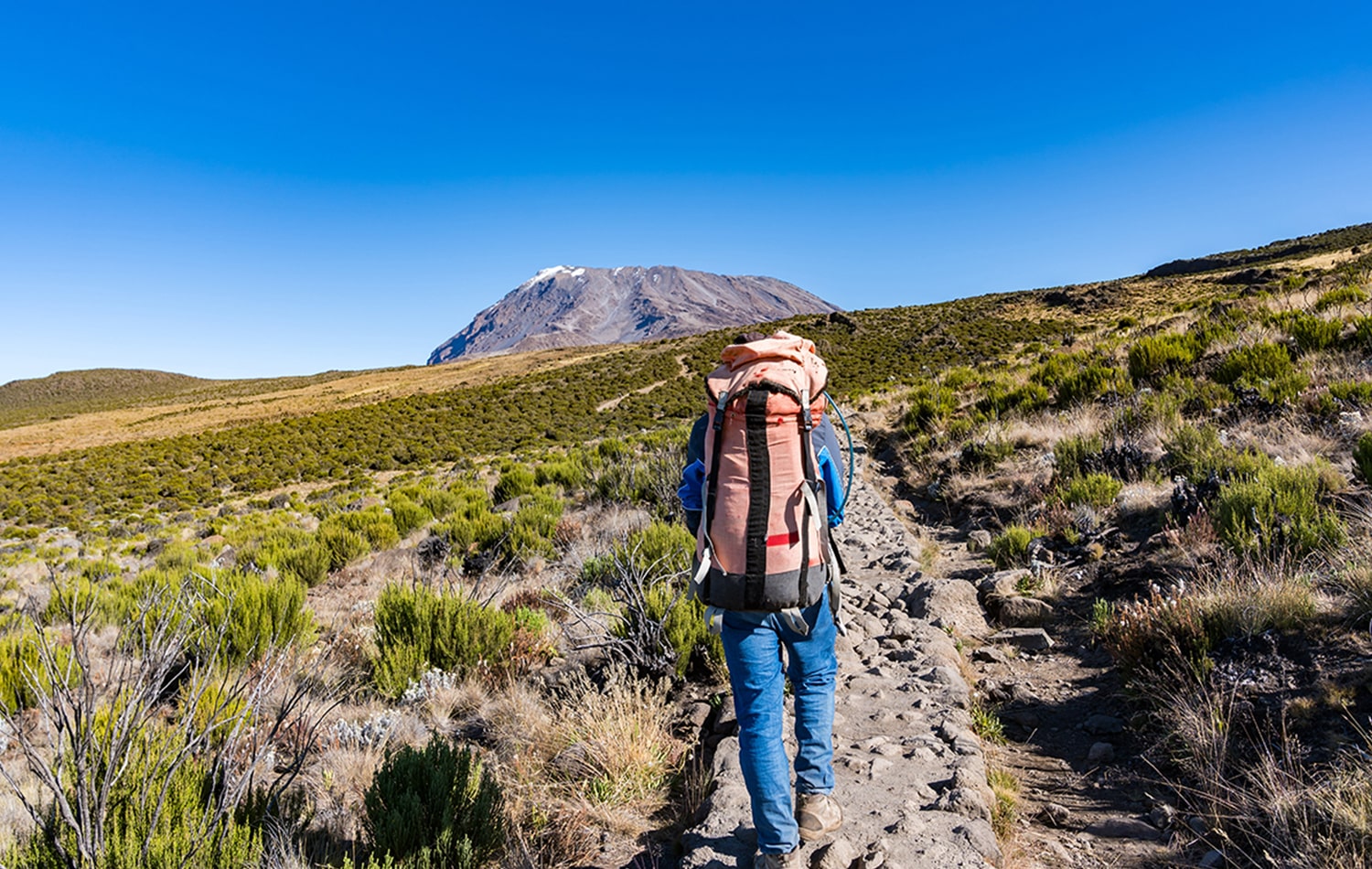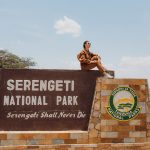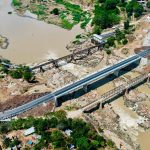

Overview
Mount Kilimanjaro, Africa’s highest peak at 5,895 meters, rises majestically in northeastern Tanzania. Known for its snow-capped summit and distinct ecological zones, it attracts thousands of trekkers each year. As a free-standing volcanic mountain, Kilimanjaro offers unforgettable hiking experiences through lush rainforest, alpine desert, and glacier-covered heights. Its breathtaking scenery and iconic presence make it one of the world’s most remarkable natural wonders.
Sights
Map
Info
The Majestic Crown of Africa: Kilimanjaro’s Natural Grandeur
Mount Kilimanjaro, standing tall at 5,895 meters (19,341 feet), is not only the highest mountain in Africa but also the tallest free-standing mountain in the world. Located in northeastern Tanzania near the Kenyan border, it is one of the most iconic geographical landmarks on the continent. Kilimanjaro is actually a dormant stratovolcano composed of three volcanic cones: Kibo, Mawenzi, and Shira. Of the three, Kibo is the highest and hosts the famous Uhuru Peak, the ultimate goal for most climbers.
Unlike many mountain ranges that form from tectonic plate collisions, Kilimanjaro rises independently from the surrounding plains, creating a dramatic and awe-inspiring silhouette that can be seen from miles away. It is not just a physical giant, but a cultural and ecological symbol for Tanzania, revered in local Chagga mythology and visited by thousands of trekkers each year. Designated a UNESCO World Heritage Site in 1987, Kilimanjaro’s unique natural and cultural significance continues to draw adventurers, nature lovers, scientists, and conservationists from all over the globe.
A Mountain of Ecosystems: Wildlife and Biodiversity of Kilimanjaro
One of the most fascinating aspects of Mount Kilimanjaro is its remarkable biodiversity, which is shaped by five distinct ecological zones: the cultivated lower slopes, montane forest, heath and moorland, alpine desert, and the glacial summit. As climbers ascend, they experience a transformation in terrain, temperature, and life. The lower slopes are heavily cultivated with coffee, bananas, and maize, managed largely by the local Chagga people. Above that lies the lush montane forest zone, a biodiversity hotspot teeming with over 1,200 plant species and abundant wildlife.
This zone is home to colobus monkeys, blue monkeys, bushbucks, leopards, and an impressive variety of birdlife — over 180 bird species have been recorded, including hornbills and turacos. As elevation increases, vegetation gives way to giant groundsels and lobelias in the moorland zone, adapted to the extreme conditions. In the alpine desert, life becomes sparse, but some insects and hardy plant species still survive. Finally, the summit zone is a surreal expanse of rock, snow, and glaciers — harsh yet breathtaking. Kilimanjaro’s ecological variety supports a total of over 1,600 species, making it one of the most biodiverse mountains in Africa.
A Journey of Endurance: Trekking Kilimanjaro’s Legendary Routes
Climbing Mount Kilimanjaro is considered one of the greatest non-technical trekking adventures in the world. What makes the experience so unique is that virtually anyone in good health and physical condition can summit the mountain without requiring ropes or advanced mountaineering skills. There are several established trekking routes, each offering distinct scenery and difficulty levels. The Marangu Route, also known as the “Coca-Cola Route,” is the only path with hut accommodations and is often chosen for its relative comfort and ease. The Machame Route, favored for its scenic variety and higher success rates due to better acclimatization, is more physically demanding.
Other routes include Lemosho, Rongai, and Northern Circuit, each offering different perspectives of the mountain’s beauty. Treks typically take 5 to 9 days, depending on the route and pace, with guides and porters helping manage logistics. The final push to Uhuru Peak usually begins at midnight, allowing climbers to witness sunrise from the highest point in Africa — a life-affirming moment that many describe as transformative. Beyond the physical challenge, summiting Kilimanjaro is a spiritual and emotional journey, one that fosters resilience, respect for nature, and a deep appreciation for the fragile beauty of our planet.

